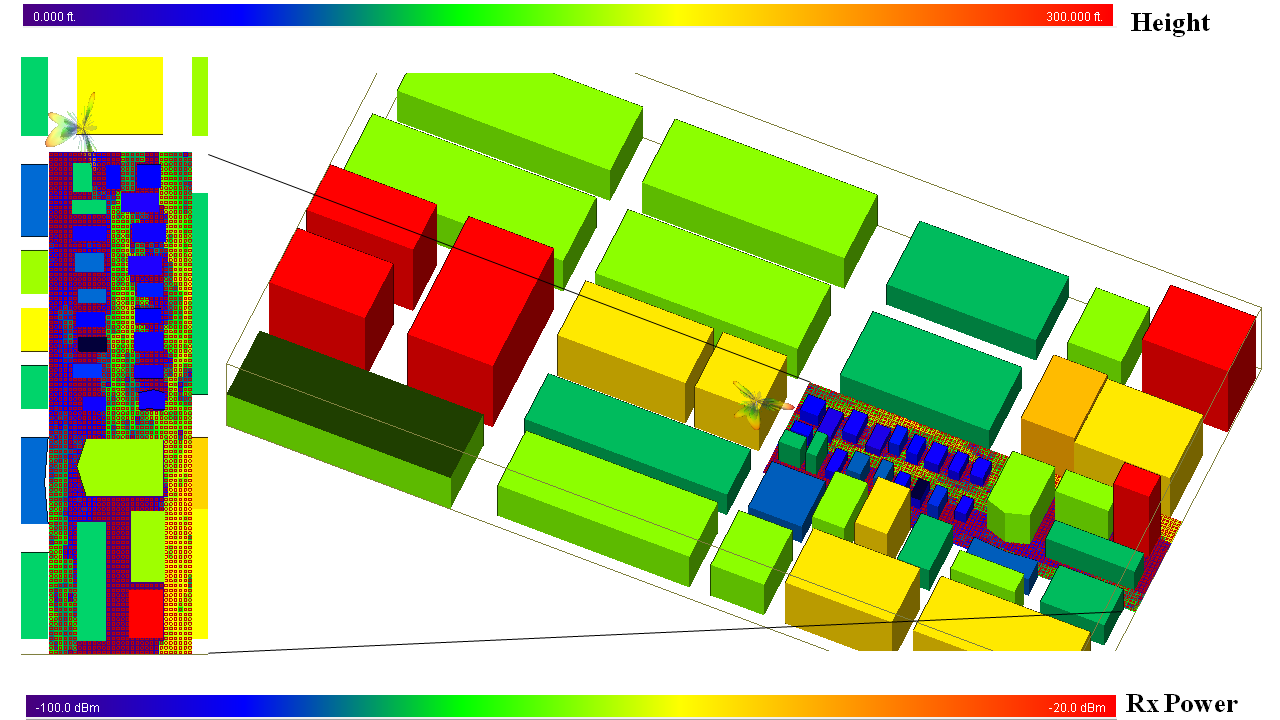Lab mmWave Research

Forecasts of increasing demand on cellular communications, as a result of the growing number of devices that run data-consuming applications, cannot be fulfilled through research that focuses only on the spectral efficiency of the already congested conventional cellular spectrum at frequencies below 6 GHz. DWSL believes that solving the spectrum scarcity problem can be done by paving the way for the utilization of under-licensed spectrum at millimeter wave (mmW) frequencies for cellular communications.
![Figure 2: Boundary patterns for the horizontal phase difference simulation range [-60:60:180] ; -60 (left) and 180 (right)](../../images/horizontalsweep.png)
![Figure 3: Boundary patterns for the vertical phase difference simulation range [0:15:90] ; 0 (left) and 90 (right).](../../images/verticalsweep.png)
Operating beam forming techniques at both Tx and Rx sides to overcome the significant omni-directional path loss observed at high frequencies is crucial to achieve reliable cellular communications at mmW frequencies. DWSL conducted a computational electromagnetic simulation that characterized the performance of reconfigurable antennas for outdoor 60 GHz applications as shown in Fig. 1-3. The simulation was performed using the city 3D model shown in Fig. 4. Results showed that the reconfigurable antenna array has some patterns that outperform omni-directional performance in terms of delay spread and path loss and can be used to compensate for high path loss at mmW frequencies.

Based on these promising simulation results, DWSL is expanding the research to cover the antenna design at mmW frequencies and to conduct measurement campaigns to characterize the channel in various practical settings.